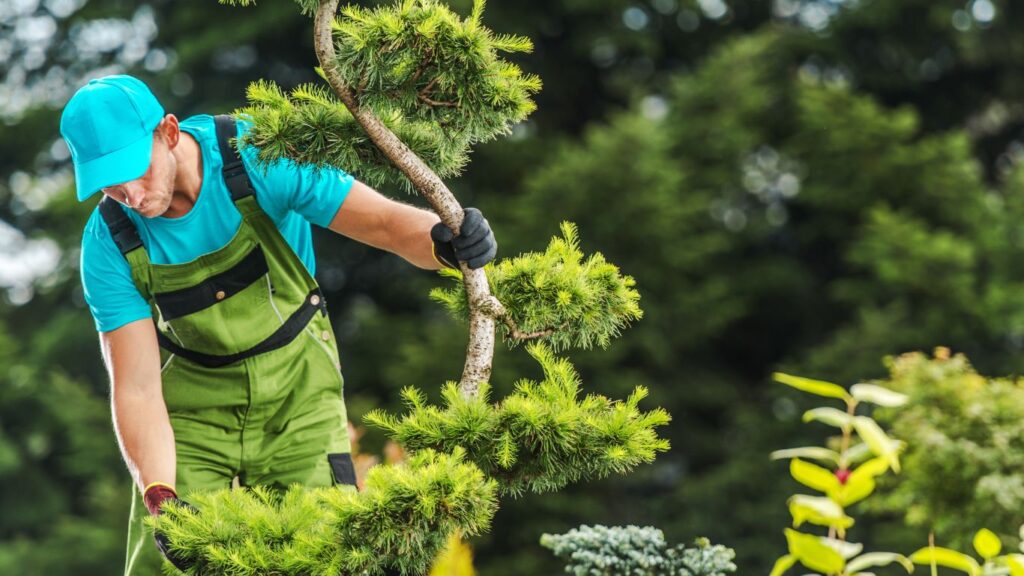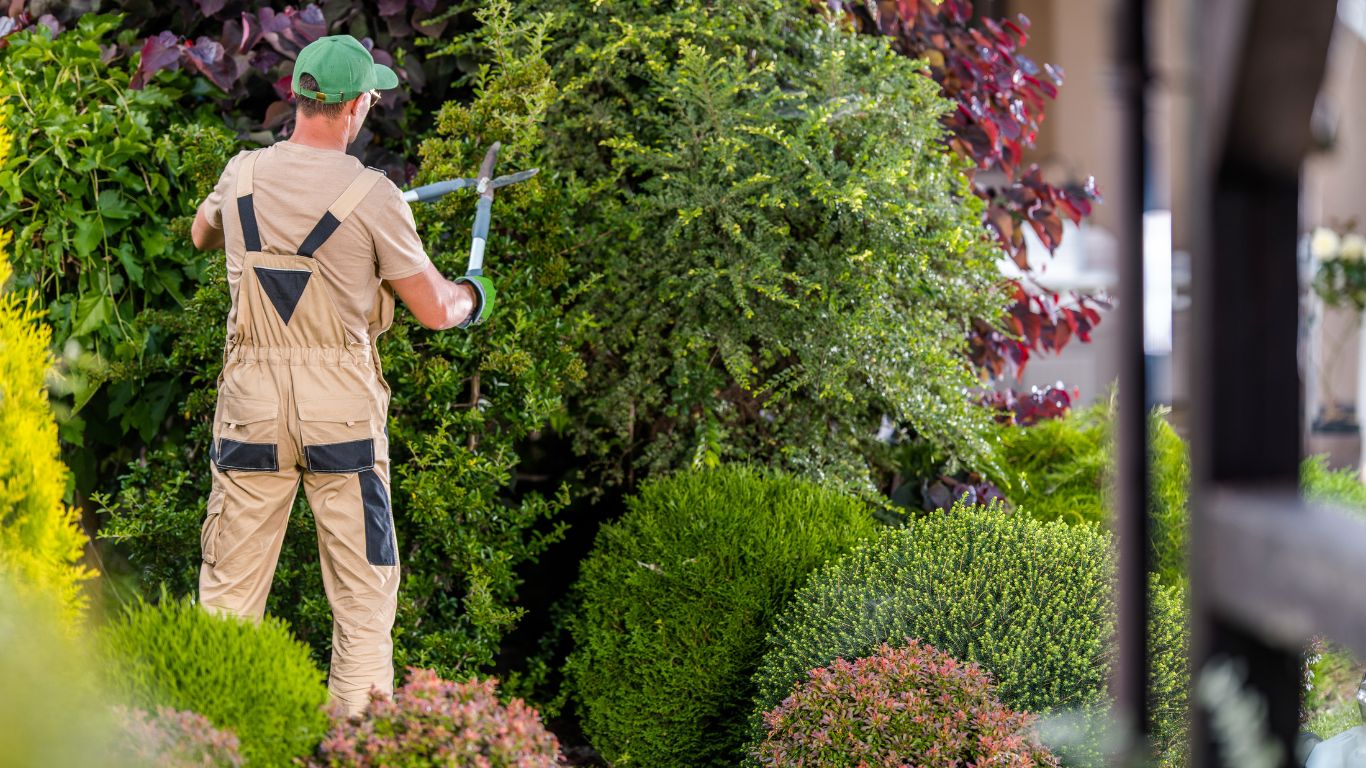
Trees are not just a beautiful addition to our surroundings, but they also play an essential role in maintaining ecological balance. However, trees require proper care and maintenance to stay healthy and continue providing benefits. One of the most crucial aspects of tree care is professional tree trimming. This blog post will elaborate on what professional tree trimming entails and how it can benefit your trees. We will also discuss the best time to trim trees for optimal results. So, whether you have a small garden or acres of land with numerous trees, keep reading to learn about the importance of professional tree trimming for the health and longevity of your trees.
What is Professional Tree Trimming?
Professional tree trimming, also known as tree pruning or tree maintenance, refers to selectively removing certain branches or parts of a tree to enhance its health, appearance, and structural integrity. Tree trimming is typically performed by trained arborists or tree care professionals with the expertise and knowledge to safely and effectively prune trees.
Professional tree trimming involves various pruning techniques, including:
- Crown cleaning: Removing dead, dying, or diseased branches.
- Crown thinning: Selectively removing branches to improve light penetration and air circulation within the crown.
- Crown reduction: Reducing the overall size of the tree’s crown by selectively removing branches.
- Crown raising: Removing lower branches to provide clearance for buildings, pedestrians, or vehicles.
- Structural pruning: Guiding the growth of young trees to establish a strong and well-balanced structure.
When is the Best Time to Trim Trees?
The best time to trim trees can vary depending on the specific tree species and the objectives of the trimming. However, a general guideline is to trim trees during the dormant season, typically in late winter or early spring, before new growth begins. Trimming during this time offers several benefits. Firstly, the absence of leaves makes it easier to assess the tree’s structure and identify any issues. Additionally, pruning during dormancy minimizes the stress on the tree and reduces the risk of disease transmission, as pathogens are less active during this period. However, it’s important to note that certain tree species may have specific timing requirements, and some trimming tasks can be conducted throughout the year as needed, such as removing dead or hazardous branches. Consulting with a professional arborist can guide the best time to trim trees based on their species and specific circumstances.
Conclusion
Professional tree trimming is a process that involves removing specific branches and limbs from trees to improve their overall appearance, health, and safety. Regular tree trimming has many benefits, such as preventing property damage from falling branches, reducing the risk of disease and pests, improving air circulation and sunlight exposure, and enhancing the aesthetic appeal of your landscape. The best time to trim trees depends on species, weather conditions, growth patterns, and pruning goals. To learn more about the benefits of professional tree trimming and when to schedule it for your property, contact our team at Wichita Tree Service Solutions today to book an appointment.


